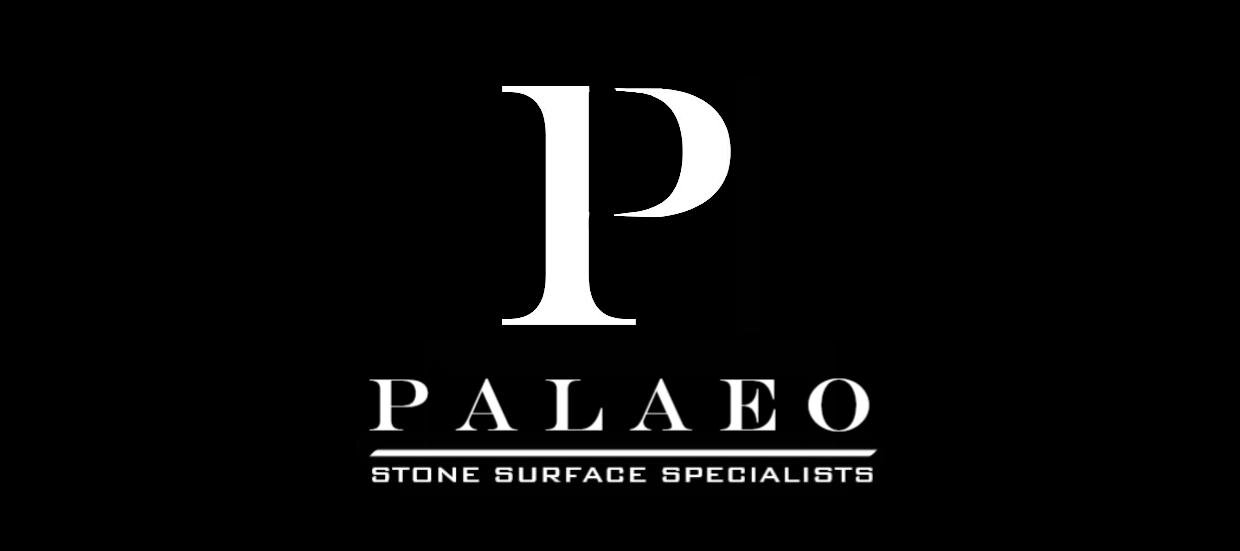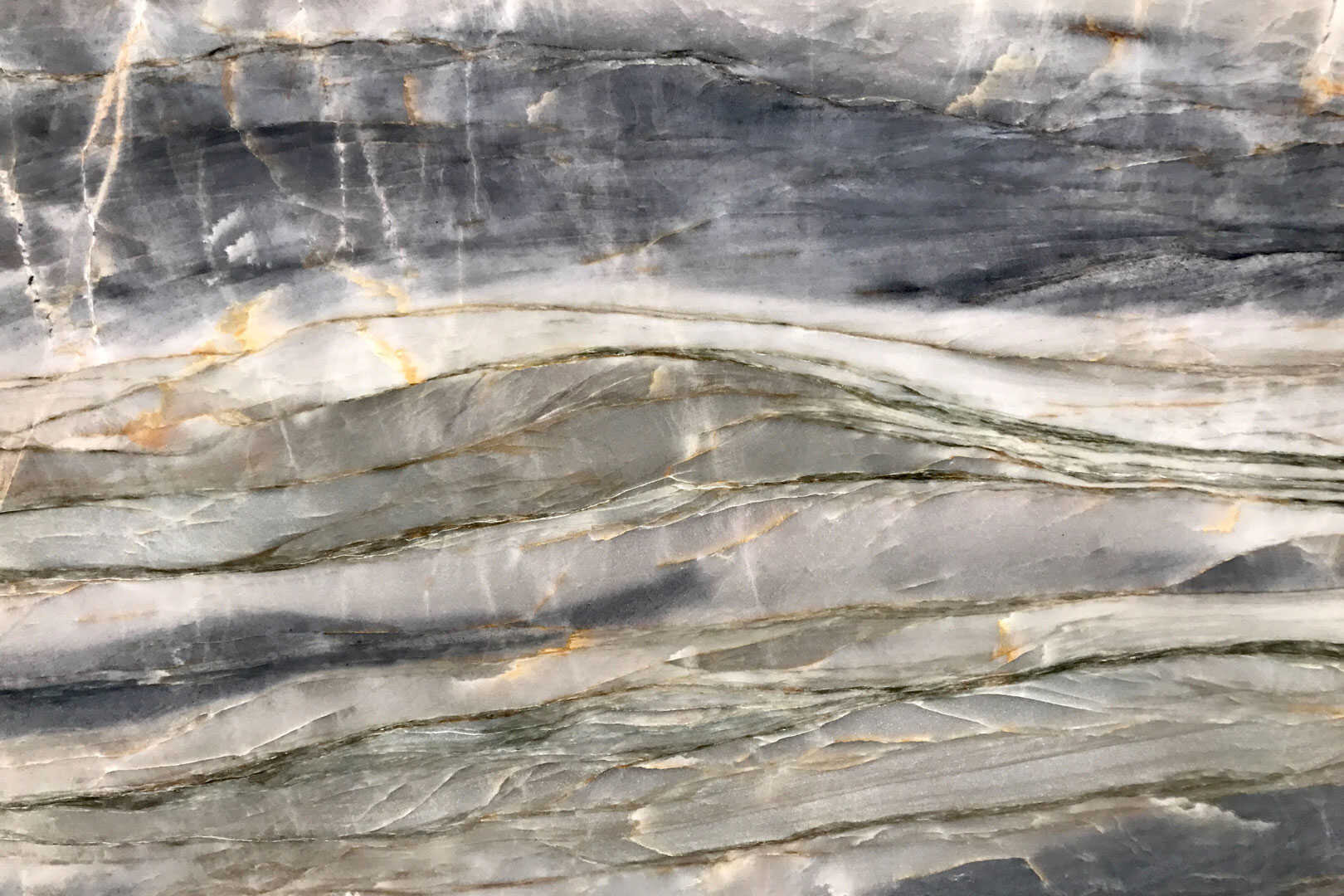UCS (or UHS) is an umbrella term for a range of man made products which include Porcelain, Ceramic & Sintered products and are among the new generation materials referred to as Ultra Compact Surfaces. Their application can be used for horizontal, vertical, indoor, outdoor, furniture and work tops.
Made of all natural materials and fired at extreme heat to replicate what Mother Nature has created over millions of years in hard granites. Ultra compact surfaces are made without a resin, but instead with minerals and are manufactured at an extreme heat to ensure that the material will not deteriorate over time when installed outdoors. The surface is made with multiple times the compressive strength of granite, which means it is very strong from the core of the material, and can withstand large amounts of weight, however the trade off for this is that the product is very brittle (like glass) and under the right circumstances can shatter or pop due to the high amounts of tension. The edge of the material is brittle and prone to chipping when cut with current technology tooling, however the chipping can be minimised by using correct techniques and precautions. The material is 100% non-porous, so any liquid is easily removed and not absorbed, because of this, the surface remains extremely hygienic and ideal for preparing food. Similarly, the surface is very difficult to scratch and can withstand high temperatures, so through normal everyday use should remain undamaged.
Natural stone and quartz is full bodied meaning the pattern continues throughout the thickness of the material, however Ultra Compact Surfaces often have a surface printed colour or feature vein like patterns to replicate marble. The print, millimetres in thickness, does not go all the way through the material, however, using today’s technology, we are able to create mitred edges showcasing the vein running through the compact surface top to front edge. To the eye, this visually looks as though the pattern is embedded along the edge. There are some exceptions to this, for example Lapitec, who offer full bodies slabs, meaning the pattern will be present throughout the whole thickness of the material.








